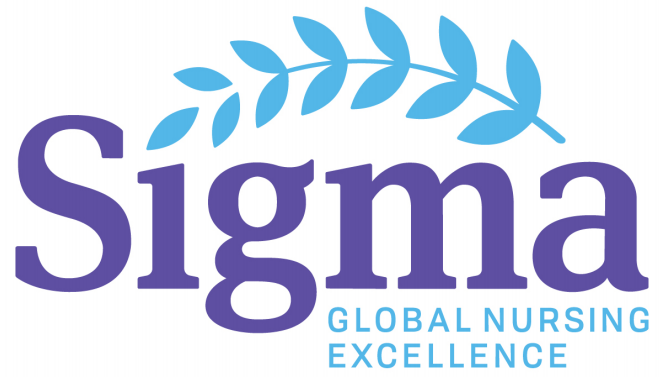Presenter Classification
Undergraduate Student
Loading...
Presentation Type
Poster Presentation
Publication Date
4-20-2023
Start Date
20-4-2023 11:10 AM
End Date
20-4-2023 11:30 AM
Keywords
unintended pregnancies, opioid use disorder, contraceptives, medication assisted treatment
Abstract Type
Scientific Literature Review
Abstract
Introduction and Background: Between 1999 and 2014 the number of patients in the labor and delivery that were on medication for opioid use disorder (MOUD) quadrupled. The rate of unintended pregnancies in pregnant patients of mOUD is at a tremendous high due to inconsistencies in the use of reliable contraception in this population.
Purpose Statement: To reduce the number of unintended pregnancies and infants born with neonatal abstinence syndrome there is a need for prevention and required education for men and women in medication-assisted facilities.
Literature Review: Twenty research studies were reviewed and evaluated. These articles were found by utilizing PubMed, CINAHL, One Search, and Google Scholar. Most articles were discovered in the following Journals: Medical, Contraceptive, Preventative Medicine, Women's Health, Addiction, and Neonatal Nursing Journals.
Findings: Through this research, we found there is a need for prevention services and required education onsite at the facility where patients are receiving medication for opioid addiction (mOUD). The following articles show the lack of contraceptive education, and misinformation about reproduction while on methadone or other medication-assisted drugs.
Conclusion: The accessibility of having contraceptives onsite with required education for patients who are in treatment has been proven to be more effective and can decrease the number of unintended pregnancies or infants born with Neonatal Abstinence Syndrome. To be able to give better patient care for this specific demographic it is crucial that nurses are allowed to educate clients.
Included in
Obstetrics and Gynecology Commons, Public Health and Community Nursing Commons, Substance Abuse and Addiction Commons
Prevention and Education in Medication Assisted Treatment Facilities
Introduction and Background: Between 1999 and 2014 the number of patients in the labor and delivery that were on medication for opioid use disorder (MOUD) quadrupled. The rate of unintended pregnancies in pregnant patients of mOUD is at a tremendous high due to inconsistencies in the use of reliable contraception in this population.
Purpose Statement: To reduce the number of unintended pregnancies and infants born with neonatal abstinence syndrome there is a need for prevention and required education for men and women in medication-assisted facilities.
Literature Review: Twenty research studies were reviewed and evaluated. These articles were found by utilizing PubMed, CINAHL, One Search, and Google Scholar. Most articles were discovered in the following Journals: Medical, Contraceptive, Preventative Medicine, Women's Health, Addiction, and Neonatal Nursing Journals.
Findings: Through this research, we found there is a need for prevention services and required education onsite at the facility where patients are receiving medication for opioid addiction (mOUD). The following articles show the lack of contraceptive education, and misinformation about reproduction while on methadone or other medication-assisted drugs.
Conclusion: The accessibility of having contraceptives onsite with required education for patients who are in treatment has been proven to be more effective and can decrease the number of unintended pregnancies or infants born with Neonatal Abstinence Syndrome. To be able to give better patient care for this specific demographic it is crucial that nurses are allowed to educate clients.

